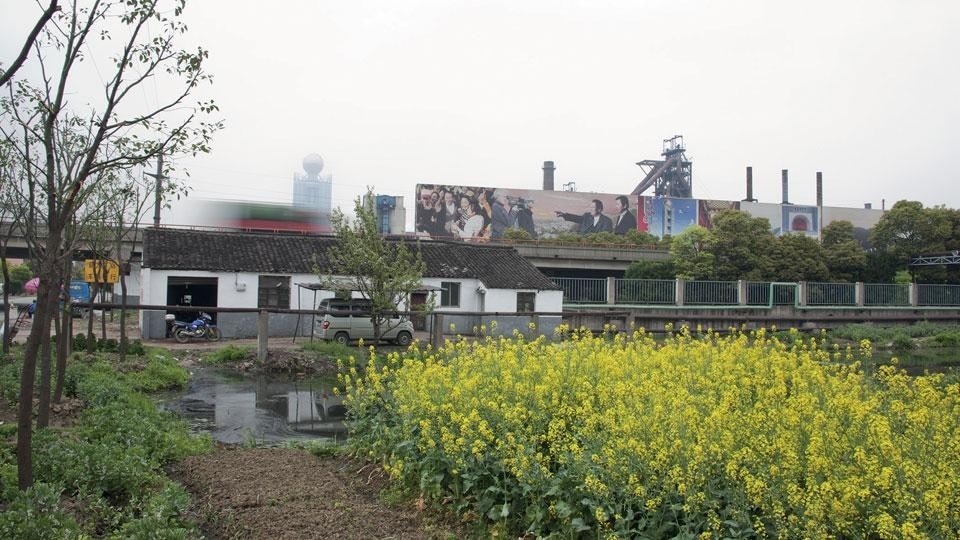The Chinese believe in their bones that all worldly matters come in cycles of fortune and disasters. Jiang Jun's documentary Huaxi village has not only put on a "red façade", its touristic and commercial elements also displays its success in making beliefs and economics. Especially, the Arirang performance (Festival Mass Games) has been documented in the Guinness World Record and became a must-see event in Pyongyang. If one takes a closer look at the dialogues in these scenarios, they provoke worrisome concerns of the temporary and melancholic "theme park" sentiments, projecting "a future ruin" prepared for the future. According to our experience, the urbanization movement in China has created many "theme park" style "joyful ruins".

Note: The allusion of "Dream of a butterfly" is found in Zhuangzi – Uniformity of all Things. Zhuangzi described his dream of becoming a butterfly and a butterfly becoming himself after awaken from the dream. Perhaps we can associate it to historical theories on simulation.

This article was originally published in the catalogue of the third edition of "GD4PhotoArt", a competition for young photographers by invitation only on the theme "Industry, Society and Territory", promoted by G.D and Isabella Seràgnoli Foundation.



